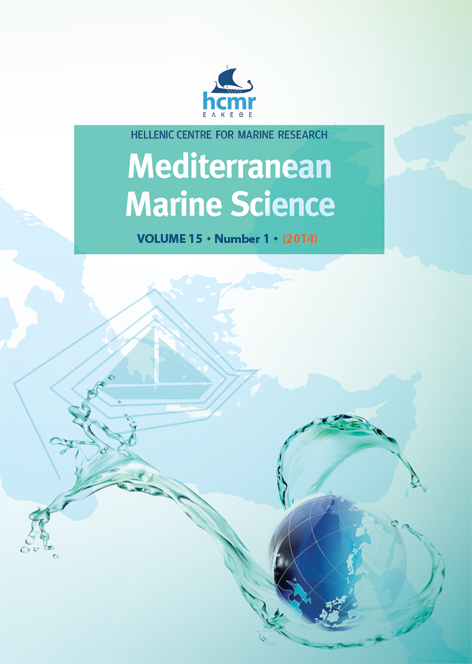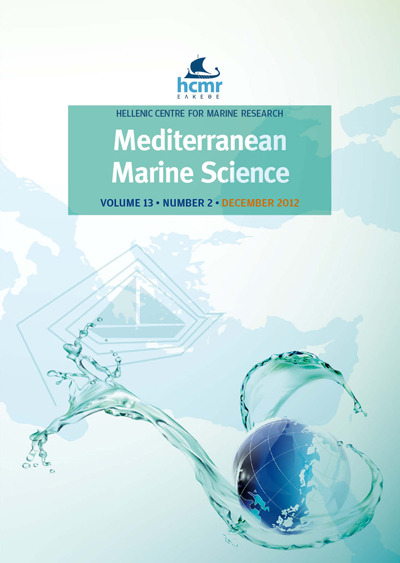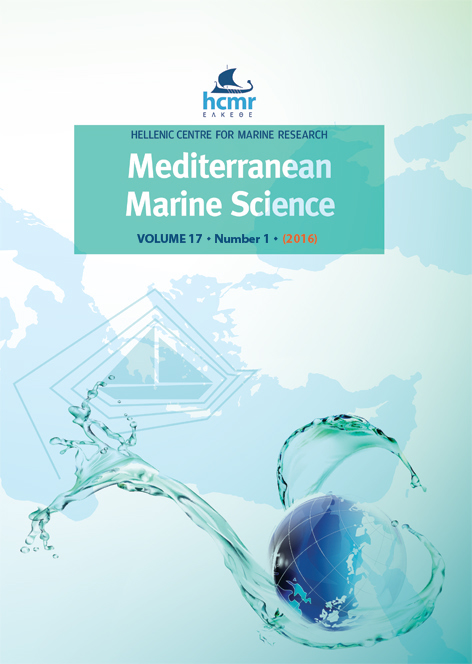Ornamental fish in pet stores in Greece: a threat to biodiversity?
Abstract
The aquarium trade has been recognized as an important pathway for the introduction of invasive species around the world. This study investigates the availability of ornamental fish species in ten large-size, centrally positioned aquarium stores that control a large share of imports and the Hellenic market chain, and aims to provide a provisional checklist on the aquarium fish trade in Greece. For each recorded species, additional data concerning various aspects (e.g. natural environment, native range, established as aliens, conservation status and threats to humans) were collected from Fishbase, IUCN red list and the scientific literature. Overall, 326 fish species belonging to 64 families were reported according to the store labels. The majority of the species recorded were freshwater (66%), originating mainly from South America and Asia, while most of the marine species (26%) had primarily an Indo-Pacific native distribution. Among the freshwater fishes, Cichlidae and Cyprinidae were the dominant families with 64 and 27 species, respectively, while the family Acanthuridae dominated within the marine fishes with ten species. The vast majority of both freshwater and marine species (>90%) were tropical. Concerning the presence of alien species, 62 ornamental species have been established outside their natural range, with 22 of them positively confirmed as aliens in the European waters. Moreover, 25 species were listed in the critically endangered (CR), endangered (EN) and vulnerable (VU) categories of the IUCN red list. Even more surprisingly, for 192 species recorded, data were missing to assign their conservation status or had not been assessed at all. Finally, the majority of the species (84%) were harmless to humans. However, 35 species (11%) were recognised as potentially harmful (i.e. venomous, ciguatera poisoning, traumatogenic) and two were found to be poisonous if consumed. In conclusion, the aquarium fish sector in Greece is practically uncontrolled given the presence of: a) threatened species, b) species potentially harmful to humans and c) species capable of establishing non-indigenous populations, if released into the wild.
Article Details
- Come citare
-
PAPAVLASOPOULOU, I., VARDAKAS, L., PERDIKARIS, C., KOMMATAS, D., & PASCHOS, I. (2013). Ornamental fish in pet stores in Greece: a threat to biodiversity?. Mediterranean Marine Science, 15(1), 126–134. https://doi.org/10.12681/mms.484
- Fascicolo
- V. 15 N. 1 (2014)
- Sezione
- Research Article
Authors who publish with this journal agree to the following terms:
- Authors retain copyright and grant the journal right of first publication with the work simultaneously licensed under a Creative Commons Attribution Non-Commercial License that allows others to share the work with an acknowledgement of the work's authorship and initial publication in this journal.
- Authors are able to enter into separate, additional contractual arrangements for the non-exclusive distribution of the journal's published version of the work (e.g. post it to an institutional repository or publish it in a book), with an acknowledgement of its initial publication in this journal.
- Authors are permitted and encouraged to post their work online (preferably in institutional repositories or on their website) prior to and during the submission process, as it can lead to productive exchanges, as well as earlier and greater citation of published work (See The Effect of Open Access).









